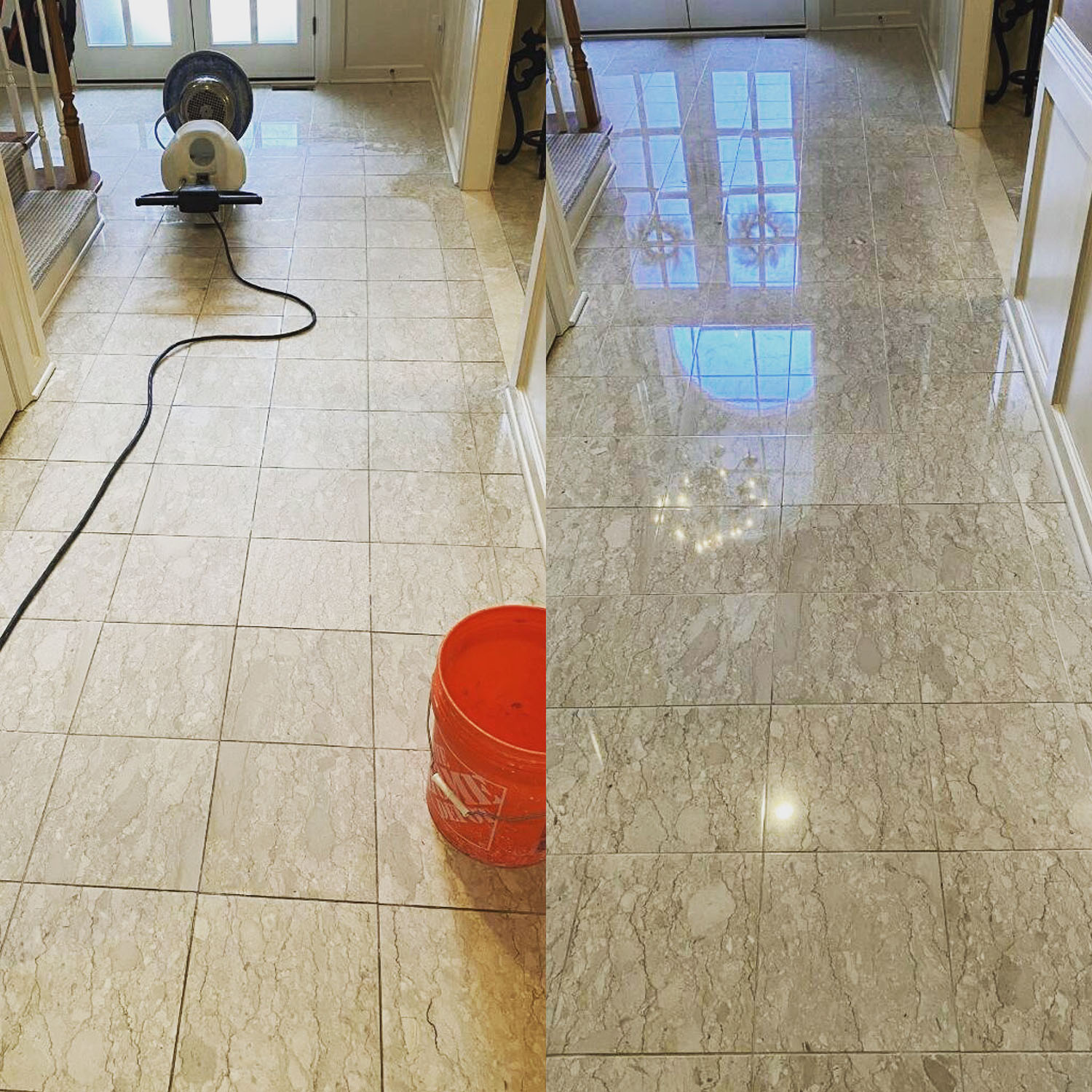Restoring stone surfaces made of stone can bring fresh vibrance into your house, upholding not just the beauty of organic substances but also the narratives they convey. Find out more is an expertise, necessitating careful consideration and a keen grasp of the substances at play. Whether you are seeking to renew a worn walkway, a deteriorating front, or cherished family keepsakes, understanding how to begin is vital to gaining results you can be satisfied of.
In this manual, we will examine essential tips into stone restoration, from identifying when it's time to fix your areas to typical missteps you should not make. We will dive into the effective techniques and materials needed for successful restoration, as well as the dos and things you should avoid of do-it-yourself versus expert help. Come along as we journey through the field of stone restoration and uncover the techniques that will make your areas gleam like completely new.
Overview to Stone Renewal
The process of stone restoration is a important process that helps maintain the aesthetic and structure of different stone surfaces, whether they are found in heritage buildings, patios, or worktops. Over time, stone can sustain from deterioration due to weather conditions, neglect, or improper maintenance. Understanding the method of restoration not only refreshes these surfaces but also boosts their lifespan, making it a worthwhile investment for homeowners and property managers alike.
The first step in stone restoration involves evaluating the existing condition of the stone. This evaluation allows you to recognize specific concerns, such as spots, gaps, or color change. Once these issues are recognized, a tailored restoration plan can be formulated, which may include cleaning, repairs, and protective treatments to prevent additional damage. Knowing the type of stone you are working with is essential, as various stones require different strategies and products.
Finally, successful stone restoration goes beyond just the actual fixes. It is important to implement appropriate maintenance practices to ensure the stone surfaces looking their best over time. Consistent cleaning, sealing, and avoiding harsh chemicals can go a long way in protecting the aesthetic of the stone. By comprehending the restoration process and dedicating oneself to regular maintenance, you can ensure that your stone surfaces continue to impress and useful for years to come.
Frequent Mistakes to Avoid
A of the biggest notable mistakes in rock restoration is failing to adequately analyze the state of the stone prior to starting work. Skipping this important step can result in employing inappropriate techniques or products that may result in further damage instead of restoration. Make sure to check the surface, identify types of stone, and assess any existing issues, such as cracks, stains, or weathering. A detailed assessment ensures that you select the appropriate cleaning and restoration methods.
Another common pitfall is using the incorrect cleaning agents. Many people think that any strong cleaner will suffice, but this can severely harm the stone. Acidic or abrasive cleaners can etch or fade softer stones, leaving them more exposed to damage. It is essential to choose pH-balanced, stone-safe products specially designed for the type of stone you are working with, whether it's granite, marble, or limestone, to maintain its integrity during the restoration process.
Lastly, neglecting seal your stone surfaces after cleaning and restoration is a blunder that can shorten the longevity of your work. Proper sealing protects against stains, moisture, and environmental damage, ensuring that your restored surfaces remain aesthetic and functional. Make sealing a vital step in your restoration plan, and be sure to follow the manufacturer's recommendations regarding the type of sealant and application frequency to achieve the best results.
Advantages of DIY vs. Expert Stone Restoration
Deciding between DIY and professional stone restoration can significantly impact the outcome of your work. One of the primary benefits of tackling the restoration yourself is reducing costs. DIY projects can significantly reduce labor costs, allowing you to spend your budget towards better materials or extra restoration tasks. With the right tools and materials, many property owners find they can achieve remarkable results bypassing the cost of hiring a specialist.
However, while DIY stone restoration offers cost advantages, there are significant considerations regarding skill level and experience. If you have a decent understanding of stone varieties and restoration techniques, you might be able to handle the task successfully. Conversely, if the damage is severe or if you're unfamiliar with the materials, hiring a professional can spare you time and prevent expensive mistakes. Experts bring specialized knowledge and equipment that can yield better and more long-lasting results.

In the end, the choice between Do-It-Yourself and professional restoration is based on your specific situation. For less complex, manageable projects, Do-It-Yourself can be rewarding and cost-effective, while larger or more difficult restorations may require professional expertise. Evaluating your capabilities, the condition of the stone, and your financial resources will help you decide on the best approach for a effective restoration.
